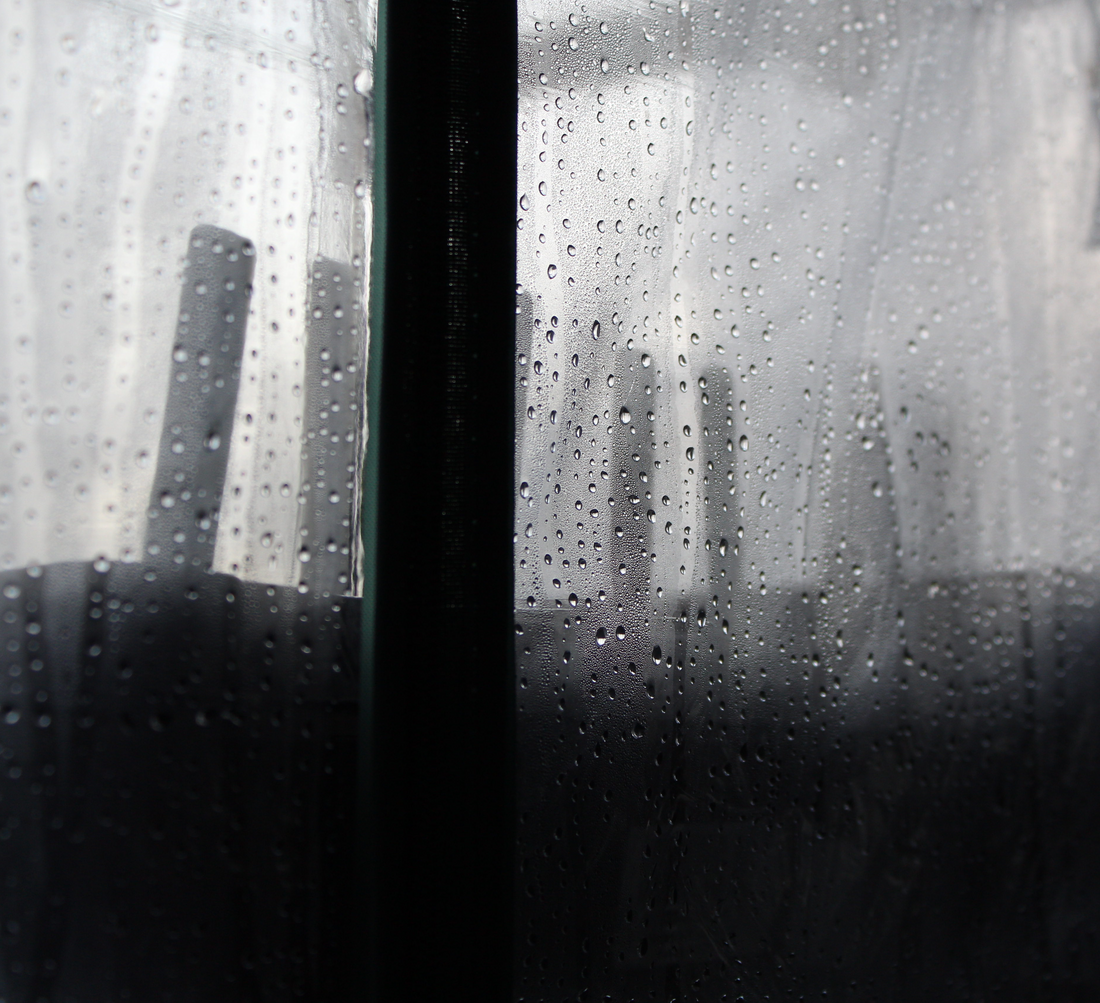
The Ultimate Guide to Starting Seeds Indoors: Grow Like a Pro
RoniLynn ShroutShare

Start Seeds Early for a Thriving Garden: Your Complete Guide to Indoor Seed Starting and Hardening Off
Are you ready to get a jump on the growing season? By starting seeds early indoors, you’ll enjoy healthier plants, a longer harvest period, and bigger yields. In this comprehensive guide, we’ll walk you through the best practices for seed starting, the top seeds to begin indoors, and the essential steps for hardening off seedlings before moving them outside. Let’s dive in!
Why Start Seeds Early?
-
Extended Growing Season
Starting seeds indoors gives your plants a head start, allowing them more time to mature and produce a robust harvest. -
Controlled Environment
Indoors, you can regulate temperature, moisture, and light—giving seeds their ideal conditions for germination and early growth. -
Cost Savings
By sowing seeds yourself, you can save money on nursery-grown transplants and grow a wider variety of heirloom or rare plant varieties. -
Higher Success Rates
When you start seeds early, you can closely monitor your seedlings, spotting problems (like pests or diseases) before they spread.

Best Practices for Starting Seeds Indoors
-
Select Proper Containers
Use seed trays or small pots with drainage holes to prevent waterlogging. Recycled containers (like egg cartons) can also be used, as long as they drain well. -
Use Quality Seed Starting Mix
A sterile, lightweight mix is crucial for healthy germination. Avoid using regular garden soil, which may contain pests or weed seeds. -
Provide Adequate Light
Place your seed trays in a bright window or under grow lights to ensure seedlings get enough light. Most seedlings need 12–16 hours of light per day. -
Maintain Consistent Moisture
Keep your seed starting mix evenly moist (but not soaked) to prevent damping off. A spray bottle can help maintain gentle, even moisture. -
Monitor Temperature
Most seeds germinate best between 65–75°F. Use a heat mat or keep your trays in a warm area to maintain ideal temperatures.

When to Start Seeds Indoors
To determine the ideal start date, consider your local last frost date and the specific needs of each plant. As a general rule, begin indoor seed starting about 6–8 weeks before you plan to transplant seedlings outside. Check your seed packet for exact germination times and recommended indoor sowing dates.
Top 10 Seeds to Grow Indoors
1. Tomatoes
Tomatoes require a longer growing season than many climates naturally provide. Starting tomato seeds early ensures vigorous growth and a higher yield by summer.
2. Peppers
Peppers thrive in warm weather and need extra time to develop. Start them indoors for best results, and enjoy a plentiful harvest of flavorful peppers.
3. Herbs
Basil, parsley, and cilantro are easy herbs to grow indoors. Keep them on a sunny windowsill or under grow lights for fresh flavor year-round.
4. Cucumbers
Cucumbers are fast growers, but early sowing indoors helps you get a head start on the harvest, especially if you live in a cooler climate.
5. Lettuce
Leafy greens like lettuce appreciate a cooler environment. Start them indoors for an early spring harvest and quicker rotation outdoors.
5 Flowers Seeds to Start Indoors
1. Marigolds
Marigolds offer vibrant color and pest-repelling properties. Starting marigold seeds indoors ensures an earlier bloom in your garden.
2. Zinnias
Zinnias are perfect for adding color and variety. They germinate quickly and thrive when given a head start indoors.
3. Petunias
Known for their trumpet-shaped blooms, petunias add a pop of color to containers and garden beds. Early indoor sowing helps them flourish sooner.
4. Sunflowers
Though sunflowers often sprout directly in the ground, you can start sunflower seeds indoors for earlier growth and a show-stopping display.
5. Cosmos
Cosmos are low-maintenance and produce daisy-like flowers in various hues. Start seeds indoors to enjoy these blooms earlier in the season.



Hardening Off Seedlings: The Key to Outdoor Success
After weeks of careful indoor seedling care, your young plants need hardening off—a gradual transition to outdoor conditions. This process helps them acclimate to factors like wind, direct sunlight, and temperature fluctuations.
What is Hardening Off?
Hardening off toughens up indoor-grown seedlings by exposing them slowly to outside elements. Without this transition, plants can go into shock and become stunted or wilt.
How to Harden Off Seedlings
-
Start Slowly
Place seedlings in a sheltered, shady spot outdoors for a couple of hours each day. Gradually increase the time outside over 1–2 weeks. -
Monitor the Weather
Avoid extreme conditions like strong winds, heavy rain, or scorching sun, especially during the early days of hardening off. -
Protect from Pests
Keep an eye out for slugs, snails, and other pests that might target young seedlings. Use row covers or pest deterrents as needed. -
Adjust Watering
Outdoor conditions can dry containers quickly. Check soil moisture more frequently and water as needed to keep plants hydrated. -
Transplant with Care
Once plants are fully hardened off, transplant them into the garden. Provide organic fertilizer or compost and ensure they’re planted at the correct depth.

Grow a Thriving Garden by Starting Seeds Early
By starting seeds indoors, you’ll enjoy stronger seedlings, an extended growing season, and the satisfaction of homegrown produce and flowers. With the right containers, seed starting mix, and hardening off process, your garden will flourish. Get a jump on the season and start sowing those seeds today!
- Start seeds early
- Indoor seed starting
- Seed starting mix
- Grow lights for seedlings
- Best seeds to start indoors
- Hardening off seedlings
- Tomato seedlings
- Extend growing season
- Container gardening tips
- DIY seed starting
Use these high-traffic keywords throughout your blog posts and social media updates to connect with fellow gardeners eager to learn about indoor gardening, seedling care, and everything in between. Happy planting!




